50p VALUE GUIDE
Complete list of 50p coins with mintage figures and current values
Total 50p Coins: 179
Showing: 50
| Image | Coin Details | Year | Mintage | Rarity | Price | Action |
|---|---|---|---|---|---|---|

|
The Snowman 50p (2025)
|
2025 | — | — | £15.00 | View |

|
Harry Potter - The Flying Car 2025 UK 50p Coloured Silver Proof Colour Coin
|
2025 | 2,500 LEP | — | £84.95 | View |

|
Harry Potter - The Flying Car 2025 UK 50p Brilliant Uncirculated Colour Coin
|
2025 | 10,000 LEP | — | £25.00 | View |
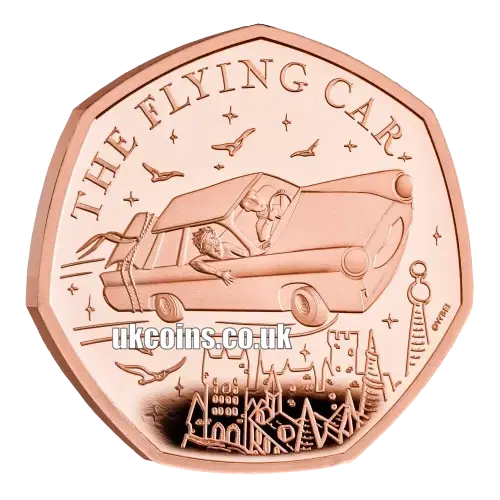
|
Harry Potter - The Flying Car 2025 UK 50p Gold Proof Coin
|
2025 | 60 LEP | — | £1,750.00 | View |
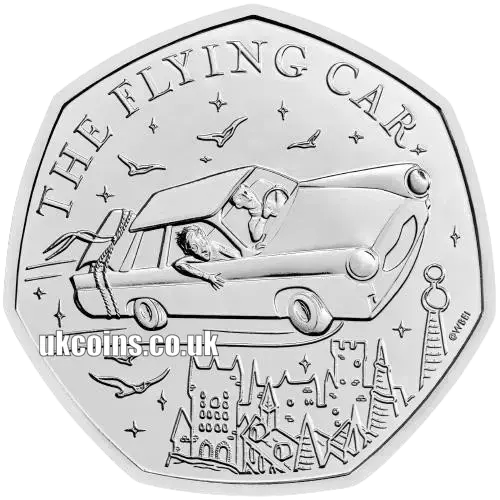
|
Harry Potter The Flying Car 50p
|
2025 | — | — | £15.00 | View |

|
Atlantic Salmon 50p BU
|
2025 | — | — | £39.50 | View |

|
The 80th Anniversary of VE Day 50p
|
2025 | — | — | £14.50 | View |

|
Stories of the Second World War 50p
|
2025 | — | — | £15.00 | View |
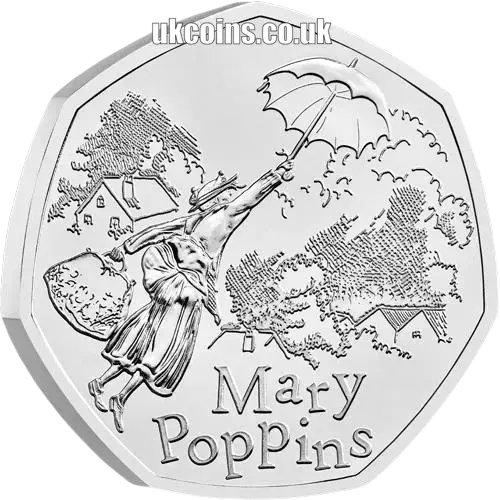
|
Mary Poppins 50p
|
2025 | — | — | £15.00 | View |

|
Red Arrows 50p
|
2025 | — | — | £6.00 | View |
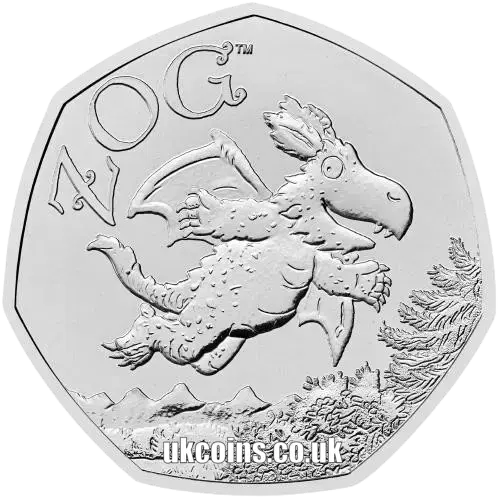
|
Zog 50p
|
2025 | — | — | £15.00 | View |
|
50p
|
Gruffalo's Child 50p
|
2024 | — | — | £5.00 | View |
|
50p
|
Team GB 50p
|
2024 | — | — | £5.50 | View |
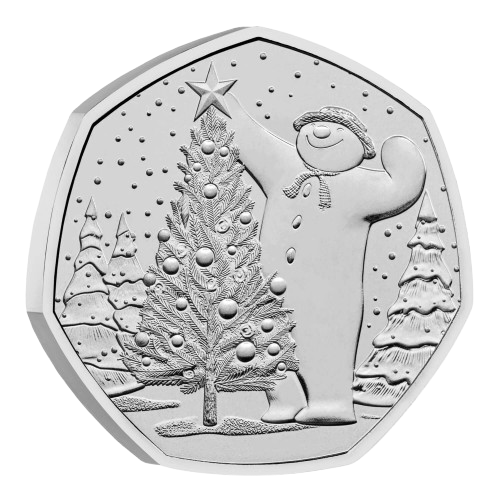
|
The Snowman 50p (2024)
|
2024 | — | — | £7.50 | View |
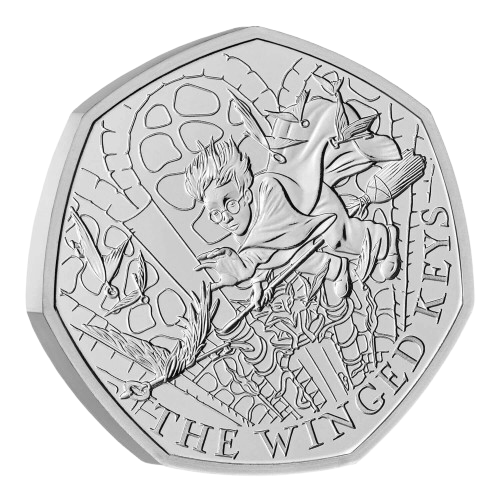
|
Harry Potter The Winged Keys 50p
|
2024 | — | — | £15.00 | View |
|
50p
|
Harry Potter The Black Lake 50p
|
2024 | — | — | £4.50 | View |
|
50p
|
Star Wars Han Solo and Chewbacca 50p
|
2024 | — | — | £4.00 | View |
|
50p
|
Star Wars Millennium Falcon 50p
|
2024 | — | — | £5.00 | View |
|
50p
|
Star Wars Tie Fighter 50p
|
2024 | — | — | £5.00 | View |
|
50p
|
Star Wars X-Wing 50p
|
2024 | — | — | £5.00 | View |
|
50p
|
Star Wars Death Star 50p
|
2024 | — | — | £5.00 | View |

|
Tyrannosaurus Rex 50p
|
2024 | 5,000 LEP | — | £9.75 | View |

|
Stegosaurus 50p
|
2024 | — | — | £7.50 | View |
|
50p
|
Diplodocus 50p
|
2024 | — | — | £4.50 | View |
|
50p
|
Steppe Mammoth 50p
|
2024 | — | — | £5.00 | View |
|
50p
|
Woolly Rhinoceros 50p
|
2024 | — | — | £5.00 | View |
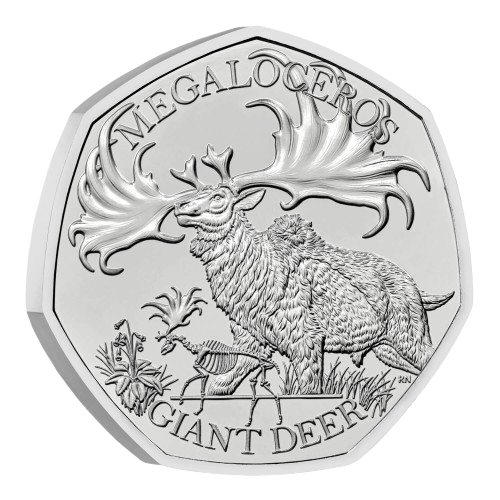
|
Giant Deer 50p
|
2024 | — | — | £12.00 | View |
|
50p
|
Atlantic Salmon 50p BU
|
2024 | — | — | £16.00 | View |
|
50p
|
D-Day 50p
|
2024 | — | — | £5.00 | View |
|
50p
|
RNLI 200 Years 50p
|
2024 | — | — | £5.50 | View |
|
50p
|
The Snowman 50p (2023)
|
2023 | — | — | £5.00 | View |

|
King Charles III Coronation 50p
|
2023 | 5,000,000 |
40
|
£1.00 | View |
|
50p
|
King Charles III Coronation 50p BU
|
2023 | — | — | £5.00 | View |
|
50p
|
Harry Potter Hogwarts School 50p
|
2023 | — | — | £4.00 | View |
|
50p
|
Harry Potter Professor Dumbledore 50p
|
2023 | — | — | £4.00 | View |
|
50p
|
Star Wars Luke Skywalker and Princess Leia 50p
|
2023 | — | — | £4.00 | View |
|
50p
|
Star Wars Darth Vader and Emperor Palpatine 50p
|
2023 | — | — | £4.00 | View |
|
50p
|
Star Wars R2D2 and C3PO 50p
|
2023 | — | — | £4.00 | View |

|
Atlantic Salmon 50p
|
2023 | 200,000 |
95
|
£70.00 | View |
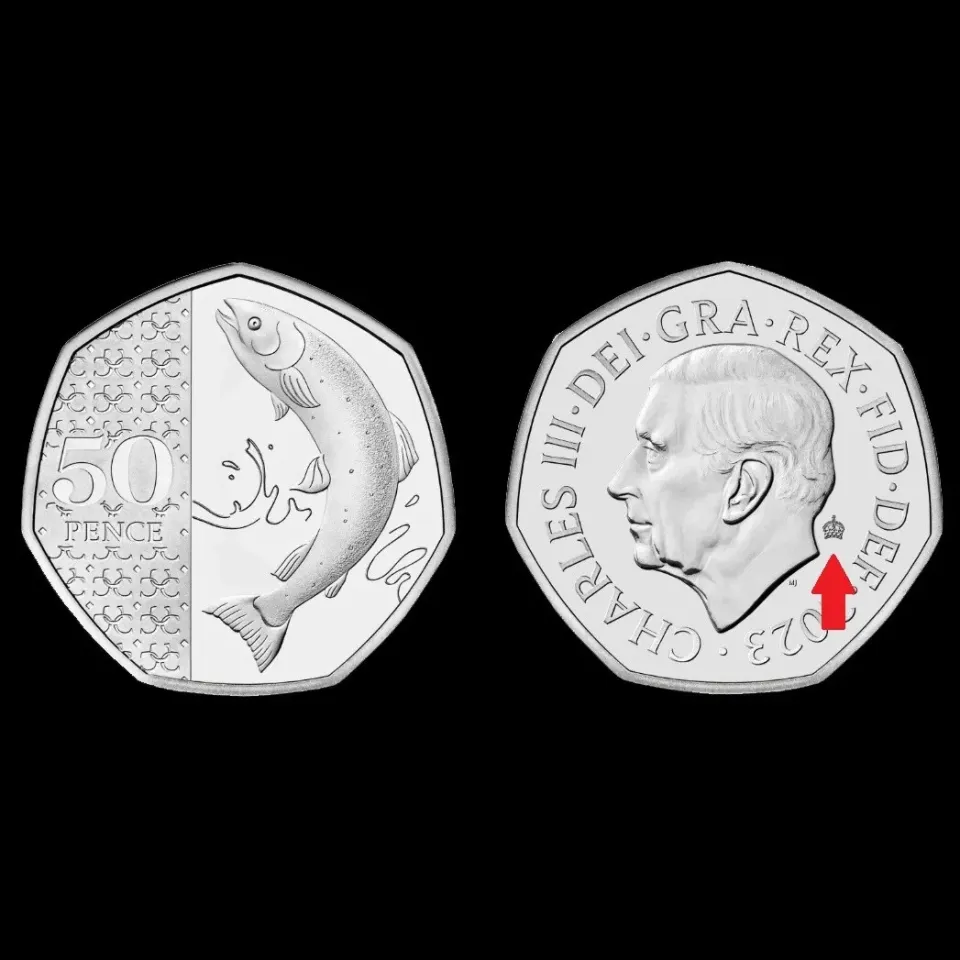
|
Atlantic Salmon 50p BU
|
2023 | — | — | £39.99 | View |
|
50p
|
The Lion the Witch and the Wardrobe 50p
|
2023 | — | — | £4.50 | View |
|
50p
|
Windrush Generations 75th Anniversary 50p
|
2023 | — | — | £4.50 | View |
|
50p
|
NHS 75th Anniversary 50p
|
2023 | — | — | £4.00 | View |
|
50p
|
Eeyore 50p
|
2022 | 61,094 LEP | — | £6.00 | View |
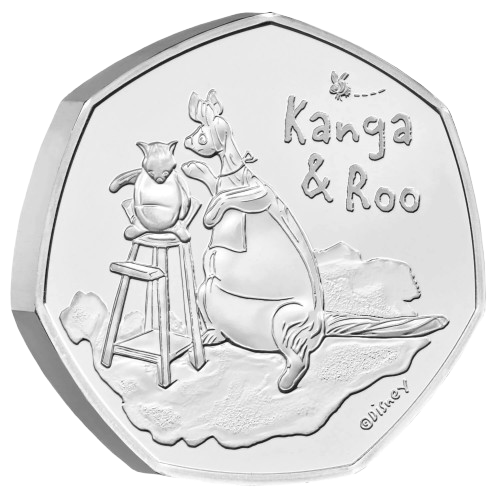
|
Kanga and Roo 50p
|
2022 | 54,455 LEP | — | £11.00 | View |
|
50p
|
Winnie the Pooh and Friends 50p
|
2022 | 59,580 LEP | — | £5.00 | View |
|
50p
|
The Snowman and the Snowdog 50p
|
2022 | 62,229 LEP | — | £7.00 | View |

|
Queen Elizabeth II Memorial 50p
|
2022 | 9,600,000 |
40
|
£0.50 | View |
|
50p
|
Queen Elizabeth II Memorial 50p BU
|
2022 | 201,742 LEP | — | £4.00 | View |

|
Platinum Jubilee 50p
|
2022 | 5,000,070 |
0
|
£0.50 | View |